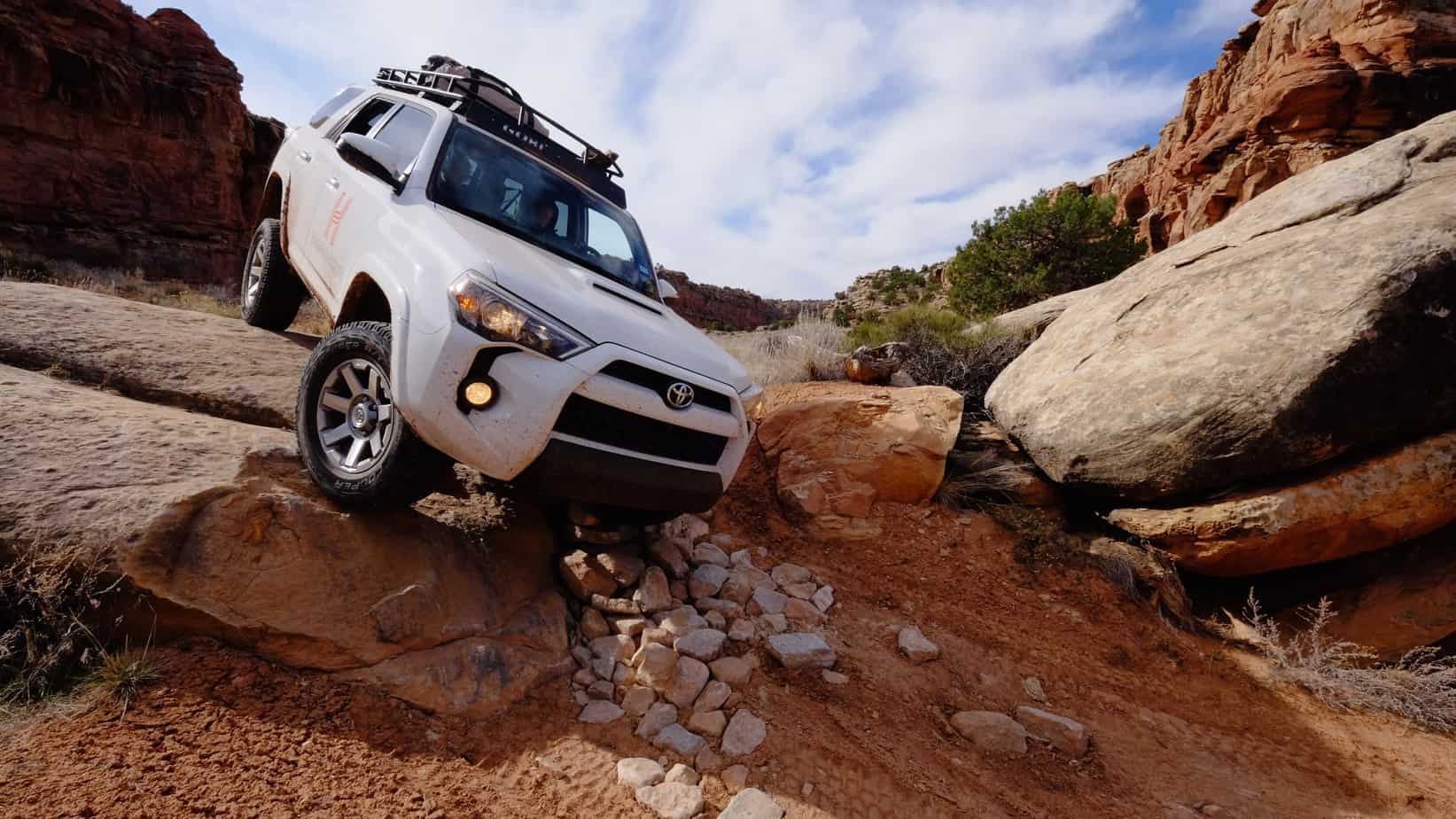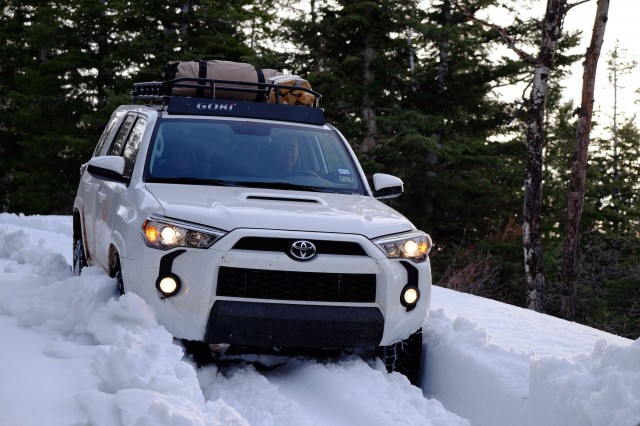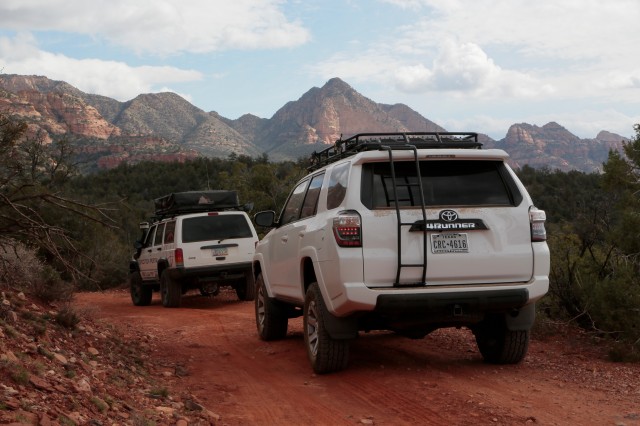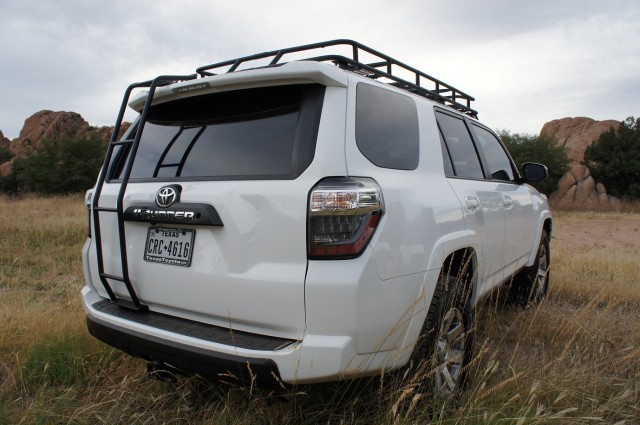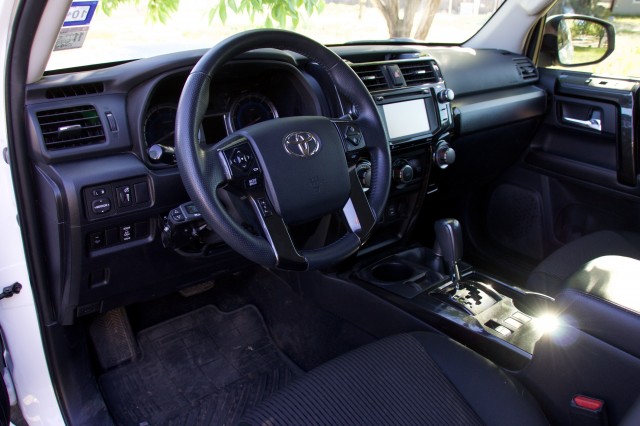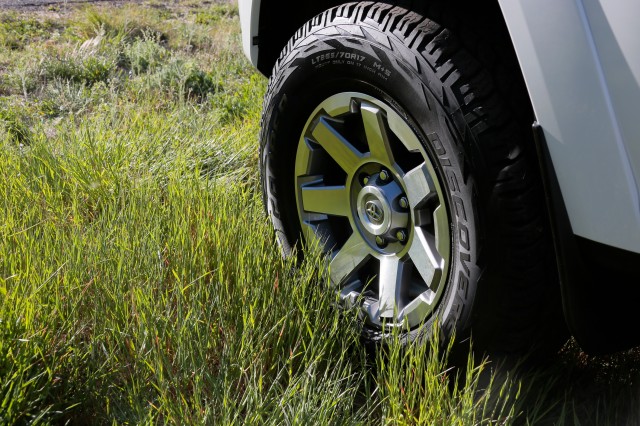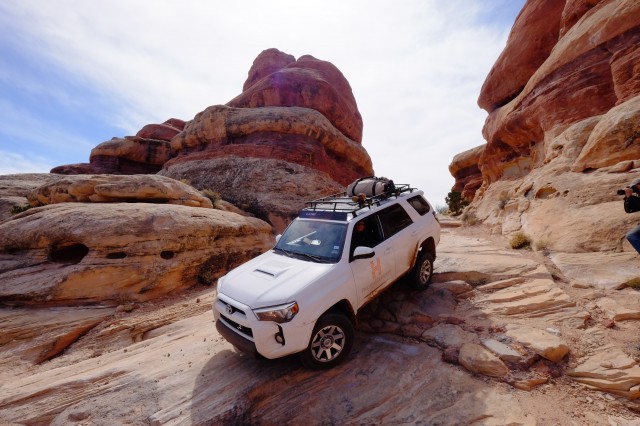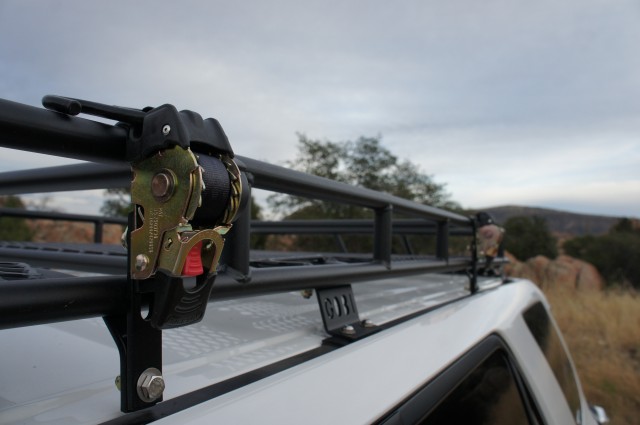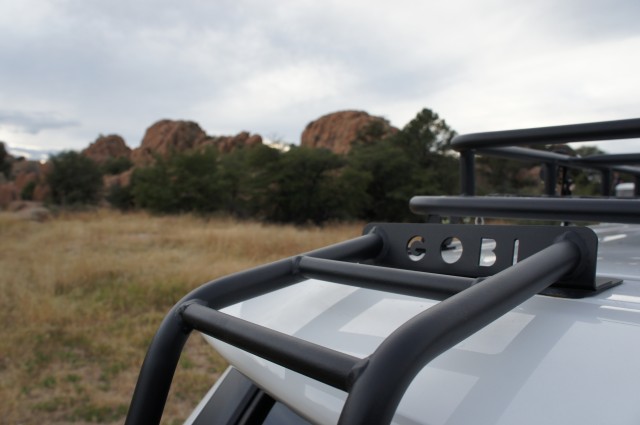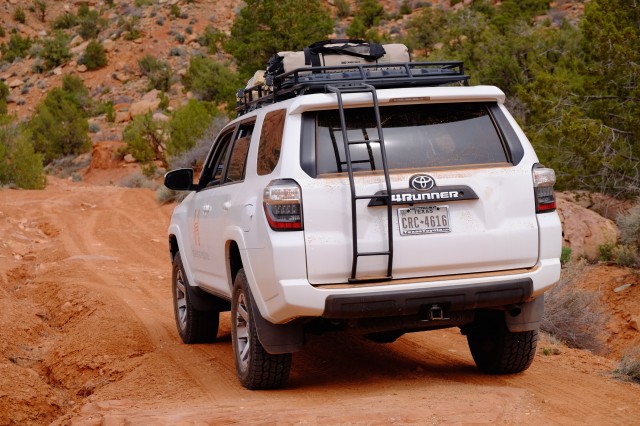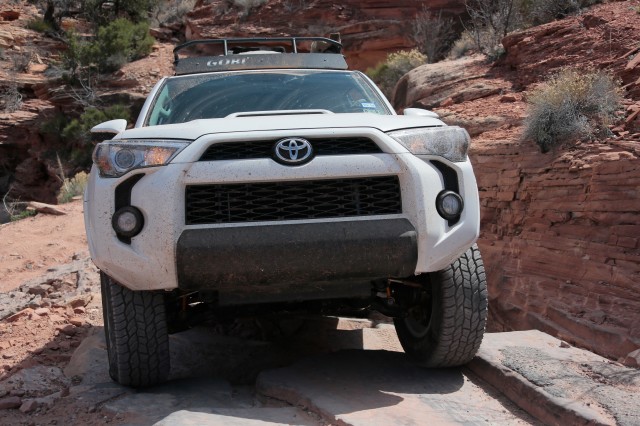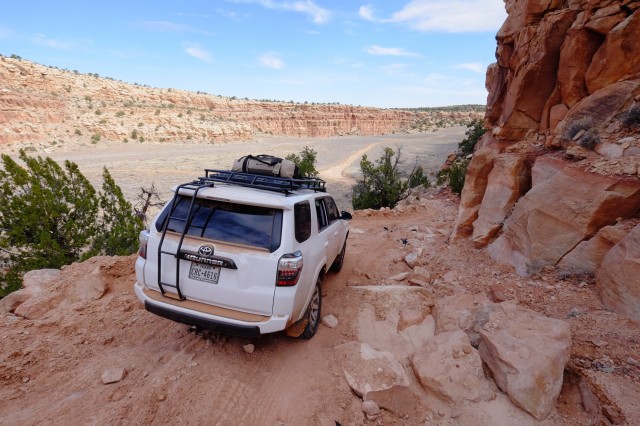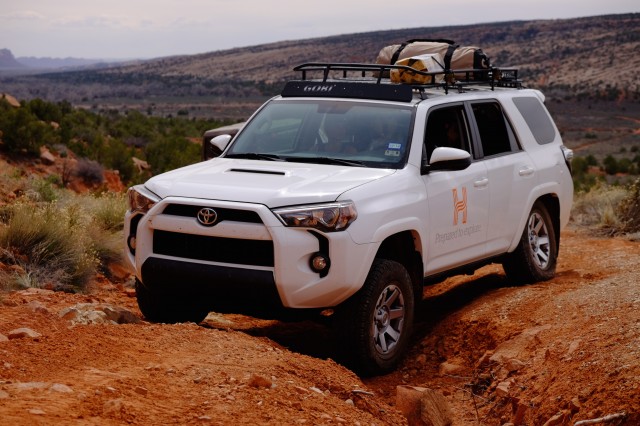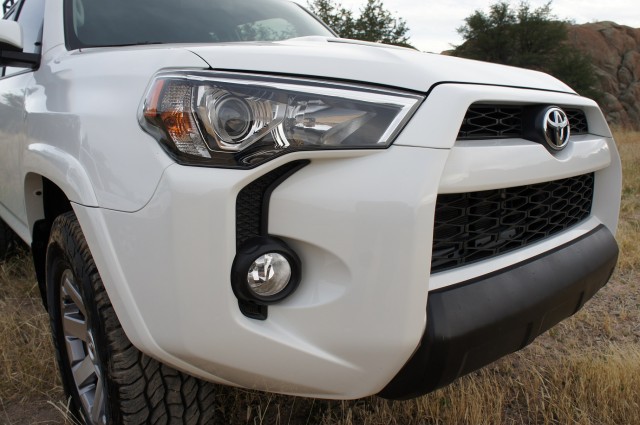I was sitting at a light on the way home from the repair shop with freezing rain pouring all around me. The weather was miserable to be sure, but having finally completed the last of a series of expensive repairs, I was upbeat thinking of how much I would enjoy my now “perfect” Range Rover Classic. As the light turned green I pressed the pedal down only to be greeted by a hiss and huge plume of steam which engulfed the front of the car. Oh God no, no, no, no. Why me? I moved to the side of the road and began to look for the source of the problem. I could see steam emanating from the back of the motor and saw coolant was pouring everywhere; a sinking feeling set in as I realized the culprit was a blown gasket. Looking like a child who’d just had their favorite toy broken, I pushed my over sized paperweight off the shoulder and sulked in the sleet waiting for my tow.
Purpose
After my Classic’s latest crushing failure, I began to realize that I couldn’t ignore my rapidly accumulating missed travel opportunities any longer. Despite my love for old vehicles, they simply aren’t as reliable as new ones. Years of constant heating and cooling, wet and dry conditions, and high and low elevations can take their toll on a truck, not to mention the wear from the actual driving. The concept of using a classic overlander is undeniably romantic, but sadly the honeymoon phase is short, and soon the daily life and upkeep of a vintage 4×4 can wear thin. Nothing is more disappointing than watching your time, money, and plans invested for travel ruined by a break down.
After some painful doses of advice, I determined to not let my love for these beautiful old 4x4s outweigh my love for travel. Taking cues from a few of the world travelers I’ve met, I turned to a more practical thought process of the vehicle being nothing more than a tool. Like any good tool, it needed to be specialized for a few jobs, use a reliable base, and be able to complete its tasks easily. I’d be lying if the car lover in me said looks don’t matter, but they would only matter after functionality. After all, what’s the point of having a bunch of expensive cool looking gear if it doesn’t actually work?
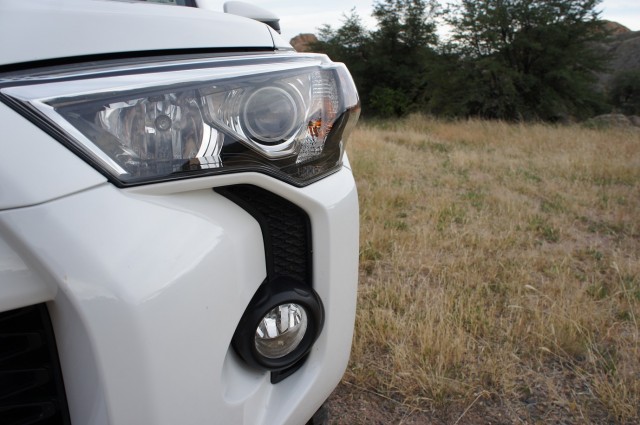
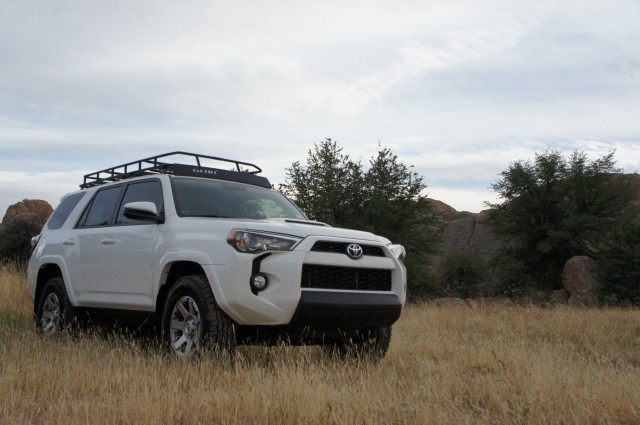
Looking at the admittedly limited new vehicle options of today, the Toyota 4Runner and Jeep Wrangler were the most attractive choices for my needs. After financing options and weighing the pros and cons, I ended up choosing the new 4Runner Trail. While not as capable as a Rubicon, my usual trips consist mostly of four-wheel drive touring, and rarely entail technical terrain necessitating more than crawl control and a rear locker. The reliability associated with a well proven motor and Toyota’s usual overbuilt components were a big plus, and perfect for the long remote trips on corrugated dirt roads. The safety ratings were also better than many comparable vehicles, and the cabin fits my over sized Texan dimensions to a tee.
Features
Of course as a tool it lacks the refinement of other choices. The interior is cloth without any heated seats or power controls on the passenger side. You won’t find a cooler in the center console, a satellite phone in the glove box, or even a sunroof or removable top. What you will find however, is a feeling of confidence that wherever your journey takes you, this truck will get you there and back again.
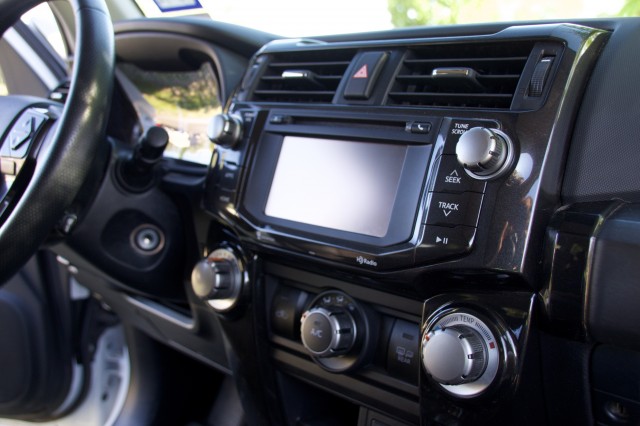
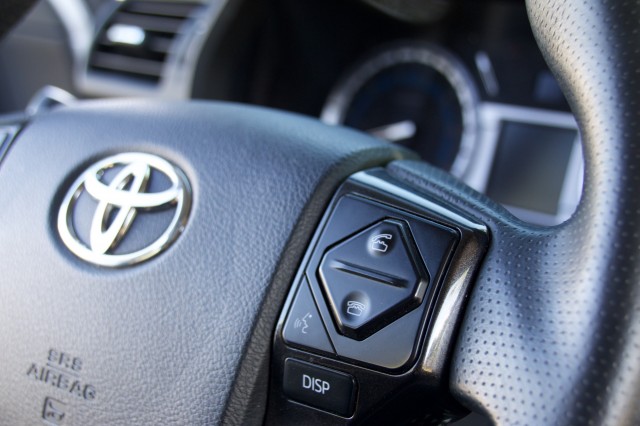

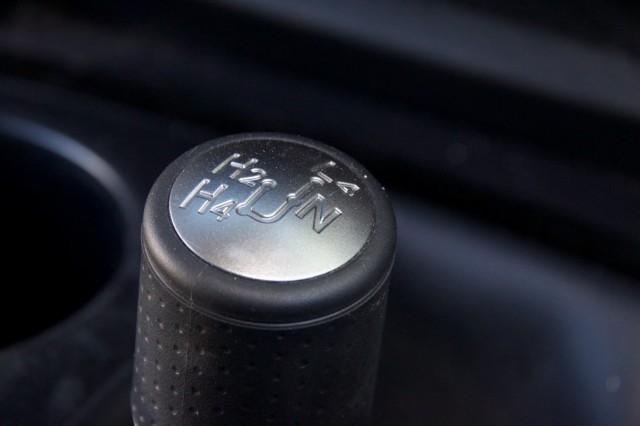
Okay, so it does have a few amenities. The steering wheel is ergonomically shaped and wrapped in soft leather making it a surprisingly desirable feature in itself. It’s also equipped with full controls for the stereo, dash display, and Bluetooth phone system to make handling tasks easy while keeping your eyes on the road. A 6.1-inch touch screen display rests in the center of the dash with the ability of displaying traffic, local weather, music, your text messages and more. Curiously with all these system features, Toyota managed to not include functionality as a GPS. Who are we to judge though, it’s only $38,000 (sarcasm).
Under the hood a 4.0-Liter V-6 pumps out 270 horsepower and 278lb-ft of torque making the 4750lb Toyota feel almost spritely. When situations get a little hairy you can choose any of the 4Runner’s secret weapons to get you through. Active Traction Control (A-Trac) provides a good start with basic inputs, while CRAWL control modulates throttle and brakes on uneven terrain to optimize your traction on five low speed settings. Finally, Multi-Terrain select is available for specific driving surfaces and a rear locking differential is there to pull you through the worst of situations. When you combine all of this with a good set of tires and some skilled driving, you can make it through just about anything.
Modifications
The plans to modify this truck were once again based on it being used as a tool first and foremost. Any accessory making it onto my list would need to support one of the following needs.
- Travel – Make traveling safer or more reliable (ie: ensure nothing keeps us from the trip)
- Utility – Make the vehicle more versatile and capable
- Comfort – Make the journey easier and more enjoyable
- Towing – Make towing easier and safer
Roof Rack – Despite the negative aspects of roof load, I tend to install roof racks on all of my vehicles. Why? Because it takes an unusable surface and grants you an otherwise unachievable amount of utility. For this vehicle, I wanted a solution that: could support myself and another person walking on top, had an easy method of strapping down gear of every shape and size, and finally had an easy method of access.
My end choice was a rack that I would consider less common in the overland community, the Gobi Ranger. While more expensive than some alternatives, costing nearly $1500 USD, the quality, free accessories, free shipping, and USA production all help to offset the cost in my mind.
The Ranger can support more than enough weight with a 600lb static load limit, and a 300lb kinetic load limit out on the trail. It’s also one of the most versatile racks I’ve used to date. Potential tie-down points are nearly everywhere, and two center cross members are designed to accept Yakima and Thule accessories. On the sides, we opted for retractable ratchet straps which have proved to be one of my favorite tools. Throw your gear up, pull the strap across, and you’re ready to go. When you’re done hit the button and they’re put away and ready for next time.
The final accessory was a ladder, which also comes with the rack for free. Besides looking wonderful on the back of the truck, it makes loading, lashing, and of course traversing the ranger a breeze. The days of climbing on the tires and door sills for access are long behind me, exchanged for a mobile patio deck and photography platform.
One last thing worth noting is Gobi’s clear attention to detail when building these racks. From the phenomenal packing of the rack for shipment, to the standard wiring and grommets already run through four corners of the rack, to the no drill double and triple sealed mounting system to avoid water, nothing was overlooked.
Suspension – As our travel vehicle, the 4Runner would be required to do more than just pull us wherever our hearts desired; it would also need to pull our So-Cal Teardrop. For this, we decided that an upgraded suspension was due. Sticking with the concept of simplicity and reliability, we soon had a set of ARB Old Man Emu shocks and springs on the way. This suspension is not only affordable when compared to many of the aftermarket options out there, but more importantly it has been proven time and again to stand up to four-wheel drive touring in the Australian outback; something not to be taken lightly.
To support the tongue weight of the teardrop, we opted for the heavy rear suspension, with a medium spring up front. This setup allows the truck to be balanced and comfortable while on the road without any rear sag or nose lift while towing.
Brake Controller – To help handle the weight of the trailer and improve braking performance, we chose to install a Tekonsha P3 brake controller. Besides the obvious benefits of reducing wear on the tow vehicle and increasing stopping power, a brake controller allows for individual adjustments of settings, many of which can provide critical performance maneuvers to the driver. Being able to increase or decrease breaking power on the fly, and use the trailer brakes independently from the vehicle are vital in off-road situations like steep descents, loose terrain, ice, and mud.

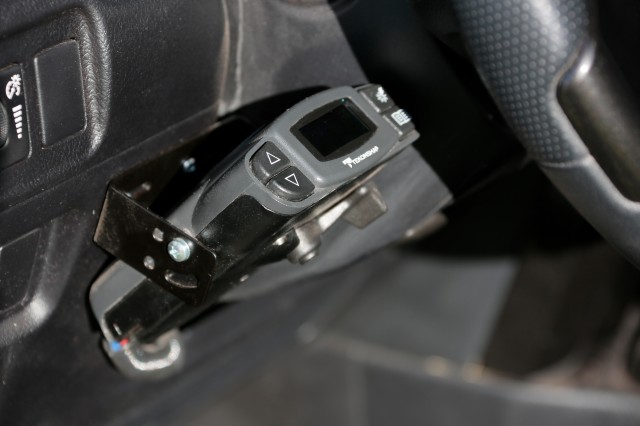
First Impressions
I’ve driven my fair share of vehicles off-road, and I can say that the 4Runner is one of the easiest and most comfortable yet. On long corrugated tracks the suspension absorbs ruts and bumps without a second thought, delivering a smooth and silent ride at nearly any speed. Steering is predictable with little in the way of feedback or vibration from rocks or bumps. For the most part, driving the 4Runner on dirt roads is about as smooth and comfortable as on pavement. I would even go as far as saying that when compared side by side, it would perform and feel better than my Range Rover on air suspension.
On technical terrain the drive is just as pleasing. Boulders, loose climbs, deep snow, mud, or sand is tackled easily with a quick shift into the appropriate 4WD mode and, if needed, a push of some buttons. Progression over terrain is fluid with proper care and driving technique, and the vehicle has almost no jerking or jumping from traction aids. Of all the great performance aspects the one that stands out most is the 4Runner’s ability to keep rubber on the dirt. Despite the independent front suspension, it manages to articulate and grip through ruts and cross-axle situations that would leave many of my previous four-wheel drives spinning. After watching this unit, we’d love to see what the upgraded KDSS model could do.
As stated earlier, the 4Runner is also responsible for towing our Teardrop trailer. We had to have something pretty and retro. Thus far we’ve towed the trailer about 1500 miles with this truck including 300 on snow and ice. We’re impressed to say the least. Handling is excellent and the truck has never had a sway or wobble even at speeds exceeding 75mph. Power is more than sufficient to keep the vehicle operating in economy mode while cruising, and the torque allows for an easy and quick acceleration to speed. We haven’t had the opportunity to tow with it in highly technical terrain, but we expect good results.
Quirks and Flaws
Of course the 4Runner isn’t without quirks. I’ve always loved that Toyota, for the most part, took a no nonsense approach with their products. They didn’t use fake trim pieces to make vehicles look more interesting or cool and didn’t waste time with silly graphics or gimmicks. You can imagine my disappointment then when the large bulge and scoop on the hood didn’t even vent the engine bay. In fact so far the only thing it does is reflect blinding sunlight directly into the driver or passengers eyes. We were less surprised but equally disappointed that the angry looking side “vents” have no purpose except being bug traps that are impossible to clean.
For some reason, and Lord knows I’ve tried to figure out what it is, Toyota chose to place their trailer wiring on the FAR left side of the vehicle. So far left in fact that when we first picked up a Schutt XV-2, the wiring wouldn’t reach. A wiring extender had to be purchased for use with almost every trailer we’ve pulled. If you plan to tow with this vehicle, make sure you get one of these.
Our last complaint is one we’ve heard repeatedly from new 4Runner owners. The paint is incredibly thin. It seems that almost anything that touches the vehicle results in a scratch; from the expected items like branches and brush, to outrageous things like fabric from clothing. Our 2014 Trail Edition is in fact currently in the shop receiving an entire new paint job after the factory coat began to show pin prick points of rust on every surface. Toyota did warranty the work, but the process is now several months in since initial inspection, and over one month in since dropping the vehicle off. A long time to wait for those without a second vehicle to drive.
What’s next?
In our next installment we will wrap up the build process of the truck with a few soon to be released accessories before tying it in with the finished trailer project. We’ll also take it out for a fun adventure and see just what kind of trouble we can get into. Keep checking back for trip reports and new updates on the 4Runner and So-Cal Teardrop.
A big thanks to all those who have made this project possible. You can check out their awesome products on their sites below!


